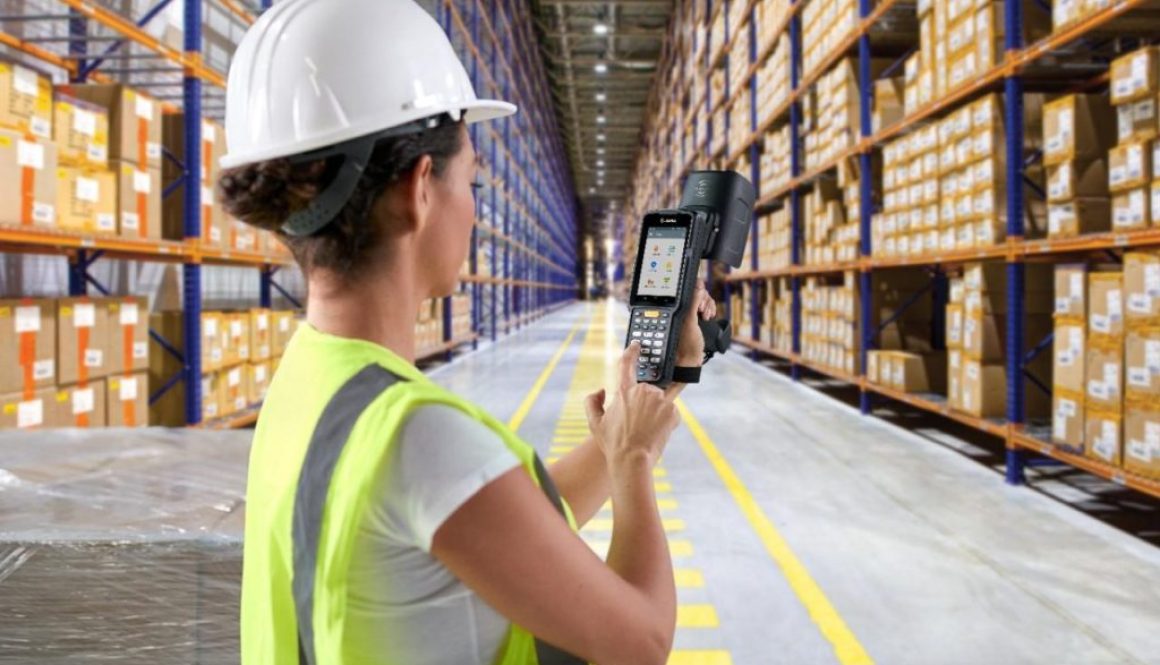Five Reasons Why You Need To Modernize Your Warehouse and Supply Chain Communication

The modern warehouse needs fast, slick processes to meet shorter turnaround. A manager just sitting in their corner office, only answering questions when workers come to the door, is a long way from reality. Communication with warehouse operatives one to one, at any time, as well as with multiple workers, in multiple parts of the warehouse, is imperative.
Similarly, workers need to be able to reach a supervisor instantly. There is no contingency for time spent locating and informing a manager of a problem. This enhanced communication needs to be introduced throughout the entire process across multiple locations. This including stores, warehouses and distribution centers, and even the end customer.
But while all this sounds great and in line with what people expect from a modern warehouse operation, what exactly does it mean for communication in operations, and what are the benefits of modernizing warehouse communications?
1. The backbone of an effective warehouse
While warehouses are more modern, they are still big, loud and sometimes disorganized environments. Constant communication is essential to keep processes flowing. Whether communicating between managers and staff, warehouse supervisors and operatives, or between different points of the supply chain network, there is a vital need for instant communication.
Warehouse communications can be streamlined with new technology to ensure maximum productivity. For instance, mobile communication, means staff and managers can now be ‘connected’ at all times. This reduces the potential for delays and making sure the warehouse continues to run at its best. The need for a single line of communication across the entire network is now more important than ever. Single line communication forms the basis for the rest of the warehouse to operative effectively.
2. Responsive operations
Warehouses are still primarily geared towards a model of shipping bulk items to stores. They must now also deal with smaller direct to customer deliveries. In addition, be able to pick-up and redistribute returned items across the supply chain. With so many moving parts, any delay in communication within the supply chain will ultimately lead to delays to items getting where they need to be the most, in the hands of customers.
Older communications like telephone stations and loud speakers are not effective in a modern warehouse environment. Operatives and managers now need access to mobile devices which allow them to communicate and track each other’s movement around the warehouse to speed up fulfillment rates. Warehouse operatives have had success with technology like Voice Directed Picking (VDP). VDP alows them to respond to voice-based direction and process tasks in a more natural and timely manner.
More modern, multi-modal speech-directed solutions have now developed this ability even further. For example, workers needing to pick multiple orders at once can also get voice instructions to the next pick up location. Simultaneously, they can view where to place the item on a mobile screen while being able to scan barcodes and RFID tags, removing the delays of seeking verification from a manager.
3. Optimized order management
We’ve already seen how warehouses have become a bigger part of direct to customer shipping fulfillment. The need to meet next day and same day commitments alongside the store deliveries means operatives are under more pressure to optimize processes.
From scanning and tracking items through the warehouse, to monitoring progress through delivery or managing any returns, being able to track and communicate the progress of both supplies and finished goods is essential in today’s fast paced business world.
Operatives now monitor the process of orders from the warehouse floor with connected mobile devices. The result is that items anywhere within the supply chain can be instantly located, significantly increasing accuracy.
Multi-mode solutions are key to the optimization of order management. Research shows that these systems can reduce overall order fulfillment times by more than 15%, compared to voice-only solutions. It also helps to reduce error rates, again saving time and money. Error rates in voice-only systems are 63% higher compared to multi-modal communication.
4. Network-wide collaboration
The ability of managers to communicate with operatives on the warehouse floor is now only a small part of the fulfillment process. Collaboration is now required across the entire supply network to track and monitor stock, including through the distribution and transport stage.
Mobile computers can be connected to the same voice and data communications, and available at any point in the supply chain. This makes it much easier to keep the supply chain moving. Issues are raised and solved immediately from anywhere.
For instance, in the past, the only time a wrong delivery could be identified was when the driver got to the end point. Now, the ability to directly scan items on site means items can be confirmed before they are even moved. Stock can be identified and delivered much more quickly. This alone is making the supply chain much more streamlined, ensuring that when problems do occur they are rapidly addressed.
Improving collaboration across the network also produces significant benefits from a fulfillment point, with individual items picked nearly 17% faster. Also, complete order fulfillment is more than 15% faster with multi-modal communication.
5. Operational alignment
Aligning operations throughout the supply chain, from the warehouse to the end user, ensures the smoothest and most efficient journey of stock and items. In an environment when different sized orders are being distributed to stores and customers, it becomes ever more important to improve communication and co-ordination. A break down in either instantly affects co-operation along the supply chain, costing time and money, and impacting a company’s reputation.
Operatives and managers can now be in constant contact while activities can be optimized because of wearable technology. Productivity is maximized through the use of mobile comms, scanners and devices. Implementing this technology throughout the supply chain is vital in a modern, fast-paced environment, particularly one which has many more points of contact than previously.
Ensuring critical business information can be accessed, shared and edited across the network has become a fundamental component of the modern warehouse network. Modernizing communication is the only way the supply chain can handle current consumer lead demands.

